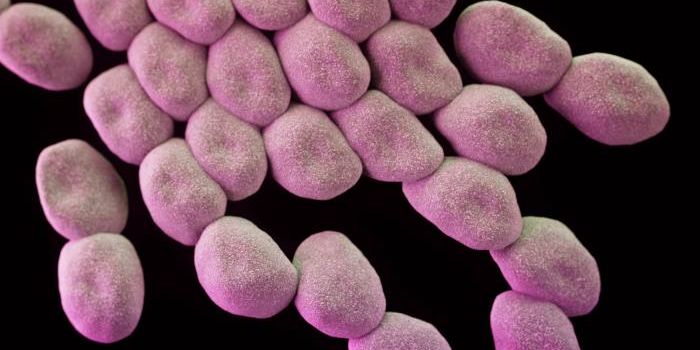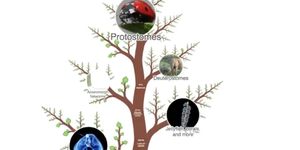A Genetic Modification Alters Bacterial Behavior to Produce Artistic Swirls
Researchers engineered pathogenic bacteria called Myxococcus xanthus to move in swirled patterns; mutant versions of those microbes that produce excessive levels of two proteins, which the bacterial cells use to identify friends or enemies, spontaneously form in moving circles. This microbe has served as a model for studying cooperation and gene regulation in bacteria. The research, reported in mSystems, has revealed a behavior of this bacteria that's not been reported before this; they can self-organize into circles that are one millimeter or larger in diameter. and move like the Starry Night Van Gogh painting.
M. xanthus have to be able to tell the difference between other bacteria or M. xanthus cells, because they can attack other microbes. M. xanthus bacteria can engulf and digest bacterial prey, including M. xanthus cells that aren't a part of the predator's family.
Previous work by this group has shown that receptors on the surface of M. xanthus cells called TraA and TraB can identify kin. If M. xanthus encounters a family member, a complex of TraAB forms a link between the two cells. But if M. xanthus bumps into a non-relative, TraAB helps destroy them.
Mutant strains of these microbes were engineered by these researchers, including one that expresses too much TraAB, which caused the microbes to aggregate into circular formations that spin in either a clockwise or counterclockwise direction. The cells can also stop exhibiting a normal behavior, reversing, in which their orientation switches every few hours. The non-reversing M. xanthus cells that don't adhere to one another also form the aggregates.
"When you overexpress that protein, you can see these circular aggregates emerge after four hours, and by twelve hours they take up the whole dish," said study co-author Oleg Igoshin, a professor of bioengineering at Rice University.
When mutant strains that were not part of the same family were mixed, they generated rotating swirls.
"Our work highlights how a social bacterium, known for rich sources of therapeutic natural products and as crop biocontrol agents, serves as a powerful model for studying emergent behaviors that also exhibit artistic beauty," said study co-author Daniel Wall, a Professor at the University of Wyoming.
Sources: Rice University, mSystems










